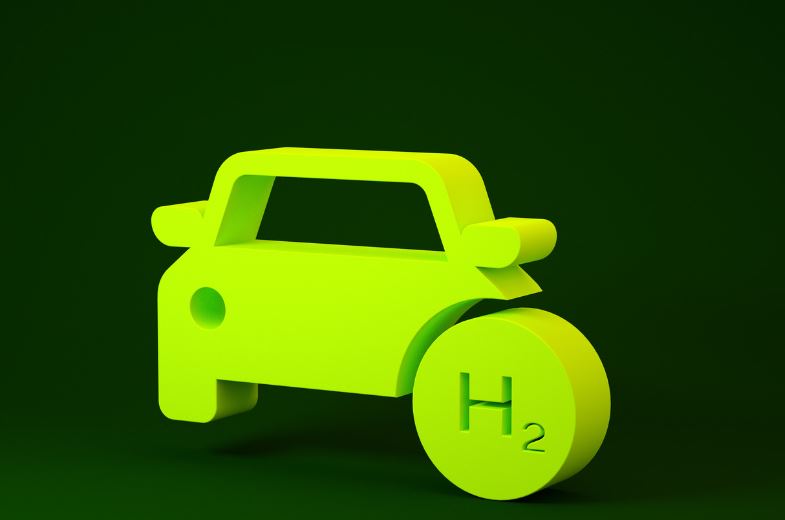In a world increasingly focused on reducing emissions, hydrogen internal combustion engines (H2ICE) offer a unique blend of efficiency and environmental considerations.
Recent advancements in direct injection technology have pushed H2ICEs to the forefront of automotive innovation. Consider the significant finding that delaying injection timing in H2ICEs can enhance power and efficiency by nearly 5% due to improved stratification, while peak efficiency numbers push past 35%. Yet, these gains come with an uptick in NOX and hydrogen emissions — presenting a critical balancing act for developers.
The core challenge lies within the need for precise control over combustion processes, as demonstrated by the experimental study of a modified 1.659L single-cylinder diesel engine converted into an H2ICE. Market and technical data highlight a substantial performance boost when injection timings are strategically delayed, particularly under high-speed, high-load conditions where emissions traditionally spike. The study noted that although stratified combustion could destabilize the combustion process, adjusting spark timing effectively mitigates this risk, concurrently aiding in emission reduction.
A key takeaway of the study is the adaptability of injection timing, which directly influences engine performance and environmental impact. The data shows that strategies like Late Direct Injection (LDI) can provide a Break Mean Effective Pressure (BMEP) and Brake Thermal Efficiency (BTE) that surpass Early Direct Injection (EDI) methodologies. Specifically, an LDI approach achieved a BTE of 35%, representing a 1.5% increase compared to the EDI counterpart. However, this comes at the price of elevated nitrogen oxides and hydrogen release, underscored by automotive engineers as a significant challenge.
Evolving engine designs must address these emission increases without sacrificing the much-needed performance efficiency gains. The technical dilemma asserts the need for real-time operational condition assessments, enabling engines to dynamically tune injection timings and spark intervals to optimize both power output and emission levels. The study’s data-driven insights provide a roadmap for setting these parameters, reinforcing the importance of novel sensor technologies and control algorithms in advancing H2ICEs towards practical deployment.
From an industry standpoint, the potential for hydrogen engines to integrate effectively into the vehicle market hinges upon these fine-tuned adjustments and the subsequent comparative analysis against prevailing fuel systems. According to recent metrics, the market for hydrogen-fueled vehicles is anticipated to grow significantly, fostered by increasing investments in cleaner technologies. Yet, hydrogen’s embodiment as a primary fuel source confronts technical hurdles that intertwine with economic constraints and infrastructure readiness — elements that demand rigorous strategic planning and deployment foresight.
Introducing hydrogen as a practical, scalable fuel within the existing automotive landscape requires more than innovative combustion engineering; it necessitates a collaborative effort across sectors to refine and standardize hydrogen production, storage, and distribution infrastructures. As these engines move closer to viable reality, automotive firms must remain cognizant of the complex interplay between mechanical innovation and environmental stewardship, ensuring that each stride forward aligns with broader sustainable mobility goals.
Stay updated on the latest in energy! Follow us on LinkedIn, Facebook, and X for real-time news and insights. Don’t miss out on exclusive interviews and webinars—subscribe to our YouTube channel today! Join our community and be part of the conversation shaping the future of energy.





